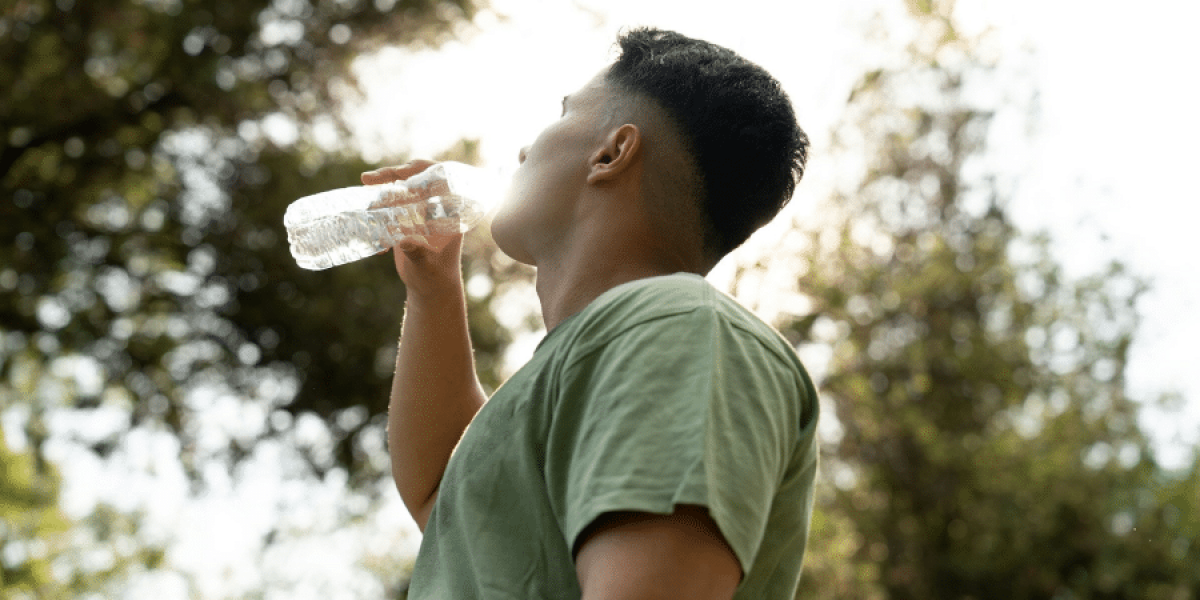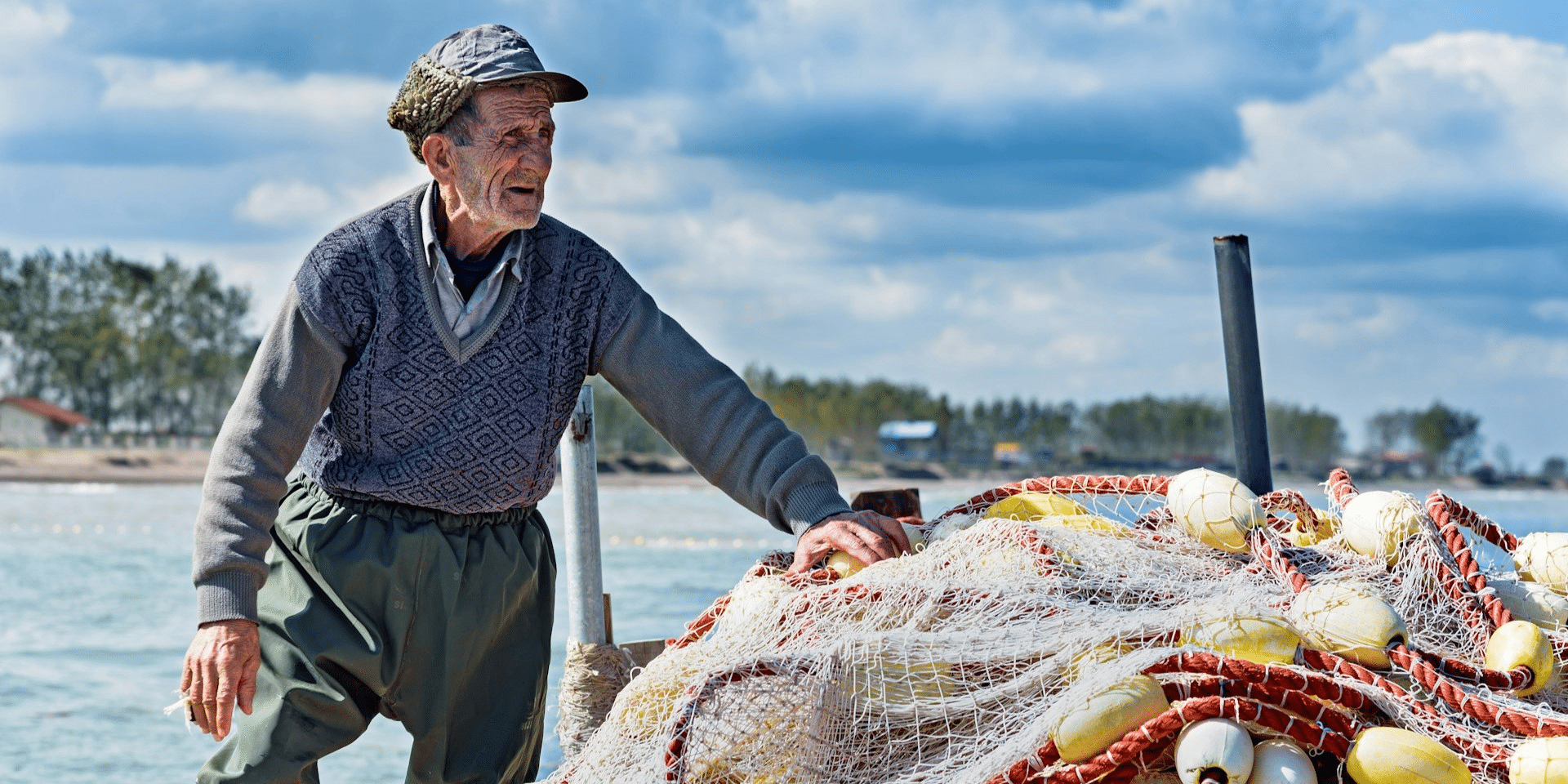As temperatures continue to climb around the world, many states are facing the challenge of coping with extreme heat and its impact on communities, infrastructure, and the environment. From implementing heat mitigation strategies to providing resources and support for vulnerable populations, states are taking proactive measures to address the growing threat of heat-related issues. In this article, we will explore how different states are dealing with the increasing heat and the innovative solutions they are implementing to protect their residents and mitigate the effects of rising temperatures.
Heat Action Plans and Public Awareness Campaigns
One of the primary ways states are tackling the issue of increasing heat is by developing heat action plans and launching public awareness campaigns to educate residents about the risks of extreme heat and the importance of taking preventive measures. These action plans typically include guidelines for staying safe during heatwaves, such as staying hydrated, seeking shade, and avoiding strenuous outdoor activities during the hottest parts of the day. Public awareness campaigns use various communication channels, including social media, websites, and community outreach events, to disseminate information and raise awareness about the dangers of heat-related illnesses and the steps individuals can take to protect themselves and their families.
Cooling Centers and Emergency Response
To provide relief for residents during heatwaves, many states are establishing cooling centers where individuals can seek refuge from the heat and access air conditioning, water, and other essential services. These cooling centers are often located in public buildings such as libraries, community centers, and recreation facilities and are staffed by volunteers and trained personnel who can provide assistance and support to those in need. In addition to cooling centers, states are also enhancing their emergency response capabilities to ensure rapid deployment of resources and assistance during extreme heat events, including deploying mobile cooling units, distributing heat safety kits, and conducting wellness checks for vulnerable populations.
Urban Heat Island Mitigation Strategies
Urban areas are particularly susceptible to the effects of rising temperatures due to the phenomenon known as the urban heat island effect, which occurs when cities and metropolitan areas experience significantly higher temperatures than surrounding rural areas due to the concentration of buildings, pavement, and other heat-absorbing surfaces. To mitigate the urban heat island effect and reduce the risk of heat-related illnesses and deaths, many states are implementing strategies to increase green space, promote tree planting and urban forestry initiatives, and encourage the use of cool roofing materials and reflective pavements. These measures help to reduce surface temperatures, improve air quality, and create more comfortable and livable environments in urban areas.
Building Resilient Infrastructure
As temperatures continue to rise, states are also investing in building resilient infrastructure that can withstand the impacts of extreme heat and climate change. This includes upgrading and retrofitting buildings to improve energy efficiency and thermal comfort, enhancing stormwater management systems to prevent flooding and water runoff during heavy rain events, and integrating climate resilience considerations into urban planning and development processes. By building more resilient infrastructure, states can better adapt to the challenges of increasing heat and ensure the safety and well-being of their residents for generations to come.
Addressing Health Disparities and Equity
It’s important to note that heat-related illnesses disproportionately affect vulnerable populations, including the elderly, low-income individuals, people experiencing homelessness, and communities of color. To address health disparities and promote equity in heat mitigation efforts, many states are implementing targeted interventions and outreach programs to provide resources and support to underserved communities. This includes providing financial assistance for utility bills, distributing free or low-cost air conditioning units and fans, and conducting outreach and education campaigns in languages other than English to reach non-English-speaking populations. By prioritizing equity and inclusivity in heat mitigation strategies, states can ensure that all residents have access to the resources and support they need to stay safe and healthy during extreme heat events.
Taking Proactive Measures
In conclusion, states across the country are taking proactive measures to address the challenges of increasing heat and protect their residents from the impacts of extreme temperatures. From developing heat action plans and public awareness campaigns to establishing cooling centers and building resilient infrastructure, states are implementing a wide range of strategies to mitigate the effects of rising temperatures and promote the safety and well-being of their communities. By prioritizing collaboration, innovation, and equity in heat mitigation efforts, states can build more resilient and sustainable communities that are better prepared to cope with the challenges of a changing climate.






